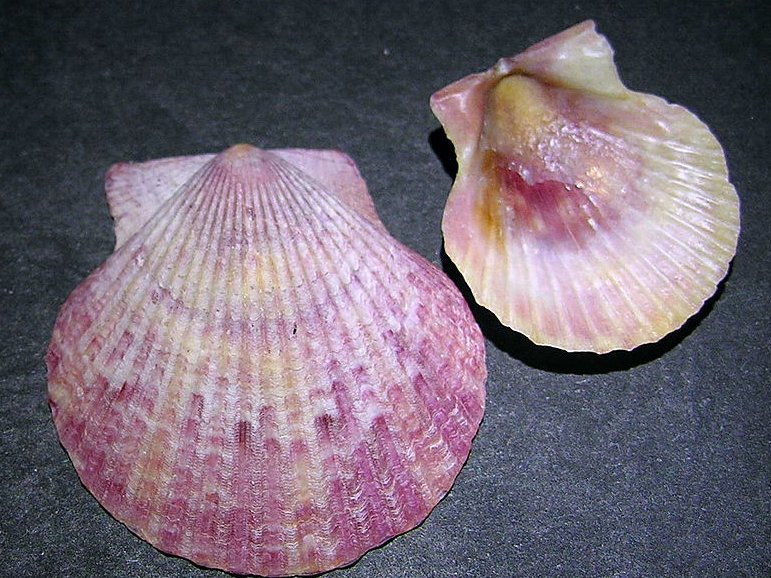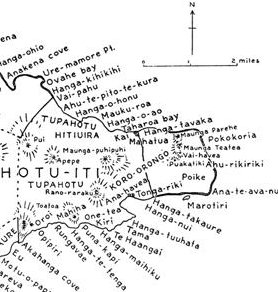The 6th glyph line covers - according to my estimate based on the heliacal risings of stars - the time from August 9 up to and including September 1 (i.e. 24 days). However, the Moon calendar is beginning with Ca6-17 (August 25) and this part of line Ca6 will therefore be discussed together with the glyphs in line Ca7. On the other hand, the glyphs at the end of line Ca5 - from August 5 (137) - obviously belong together with those in line Ca6. 4 + 24 - 8 = 20 glyphs (days). There seems to be a continuity from Mira at the neck of Cetus and a quarter of a year ahead, accentuated by the pattern formed by a triplet of famous saints:
However, the glyphs appear to say that a beginning should be 4 days earlier than the day of St James, and therefore we could regard 8h as the true beginning of the sequence of events which ends with Ca6-16. From Ca5-17 to Ca6-17 there are 157 (= 314 / 2) - 122 = 35 days:
From Rei in Ca5-21 to Ca6-17 there are 35 - 4 = 31 days, beginning with the day of St James - who significantly had not a wooden chip but a bivalve sea shell on his shoulder:
From July 28 (manzil day 73) there are 8 glyphs which could depict efforts to raise the sky roof: 
Then, beyond Murzim 1 (a manzil ruled by Sirius) - where the Gregorian calendar has day 216 (= 80 + 136 = 3 * 72 = 6 * 36 = 12 * 13) - a great change was due. Day 216 (August 4) perhaps is to be considered as 100 days beyond day 116 (April 16). 4 * 25 + 4 * 29 = 4 * 54 = 8 * 27 = 216:
... The top row of 8 arches, probably representing 8 * 29½ = 236 nights, could illustrate the extent of the front side of a whole lunar cycle with 472 nights. This does not mean 236 nights equals 116 days (the number of squares forming pyramids of weeks in the bottom row). Instead, a more reasonable explanation is to say the presence of Sun is beginning 40 days after the March equinox ...
Now to the new glyphs. There are 4 sequences with together 7 + 3 + 4 + 6 = 20 glyphs. The first of the sequences has August 8 (8-8) in its center and it is beginning at 9h (137.0):
The 2nd glyph sequence is short and the idea could be to illustrate the stars of the 'Knot' (Ukdah, ι Hydrae):
The last 10 glyphs (before the arrival of the Moon calendar) are evidently divided into (4 + 2) + 4 days:
At 10h there is a vai glyph which could indicate a connection with May 1:
Finally, and perhaps most important for us, are the 4 glyphs which possibly refer to the 'Bay of Flies':
In Manuscript E this is the 15th kuhane station, positioned where the dream soul of Hau Maka turns to move north up onto the Poike ('place aloft') peninsula. This is also the beginning of the 'ditch of fire': ... When it was sunset the Short-ears gathered. It was already dark; they gathered, they came; the first men hid in the house of the woman who was plaiting the basket. The rest concealed themselves behind, they formed a line, they waited. The woman who was plaiting told them where the Long-ears were. They were in their houses. Therefore the Short-ears went around Kikiriroa and Mount Teatea. They drew up all in order, they marched in the night, they came down to the point of Mahatua. They remained there, they slept, they hid themselves. And at the first light all those Short-ears rose up, they rushed out with their spears and suprised the Long-ear people, they were all still resting in their houses. They rushed and chased, those Short-ear men, they chased the Long-ears out. They made them all run to the ditch which they had dug themselves. They lit the fires ... "It should be stated right now that 'fire' is actually a great circle reaching from the North Pole of the celestial sphere to its South Pole ..." (Hamlet's Mill) In Ca6-16 we can count 61 * 6 = 366 and the top of henua is sloping downwards. This is 4 days after the great 10h circle and the next glyph is number 157 = 314 / 2. ... When the Short-ears rushed upon them the Long-ears dashed out of their houses, they all ran away, they ran toward the ovens. No other way could the Long-ears run, the Short-ears were behind and all around them. All the wives, all the children of the Long-ears ran, they rushed toward the pit. The men, the women and the children arrived at the pit, stopped there. They were afraid of the flames. The war-party of the Short-ears came behind them with their spears. Which way could the Long-ears escape from the heat of the fire? There was no way. The war party of the Short-ears came on, they yelled at the Long-ear people. Then all the Long-ears began jumping into their earth-oven, jumping into the flames. In the flames they jumped, they went on jumping. Their hair was burning, the Long-ears went on jumping. The men, women and children - all were burned ... | ||||||||||||||||||||||||||||||||||||||||||||||||||||||||||||||||||||||||||||||||||||||||||||||||||||||||||||||||||||||||||||||||||||||||||||||||||||||||||||||||||||||||||||||||||||||||||||||||||||||||||||||||||||||||||||||||||||||||||||||||||||||||||||||||||||||||||||||||||||||||||||||||||||||||||||||||||||||||||||||||||||||||||||||||||||||||||||||||||||
























